As we come nearer to an intelligent IoT world, one of the major concerns we talk every day is about data explosion, its storage, and access and so on. In the beginning of the year, I had blogged about some facts that indicated successful emergence of IoT in very near future. My faith gets further strengthened when I envision the semiconductor… Read More
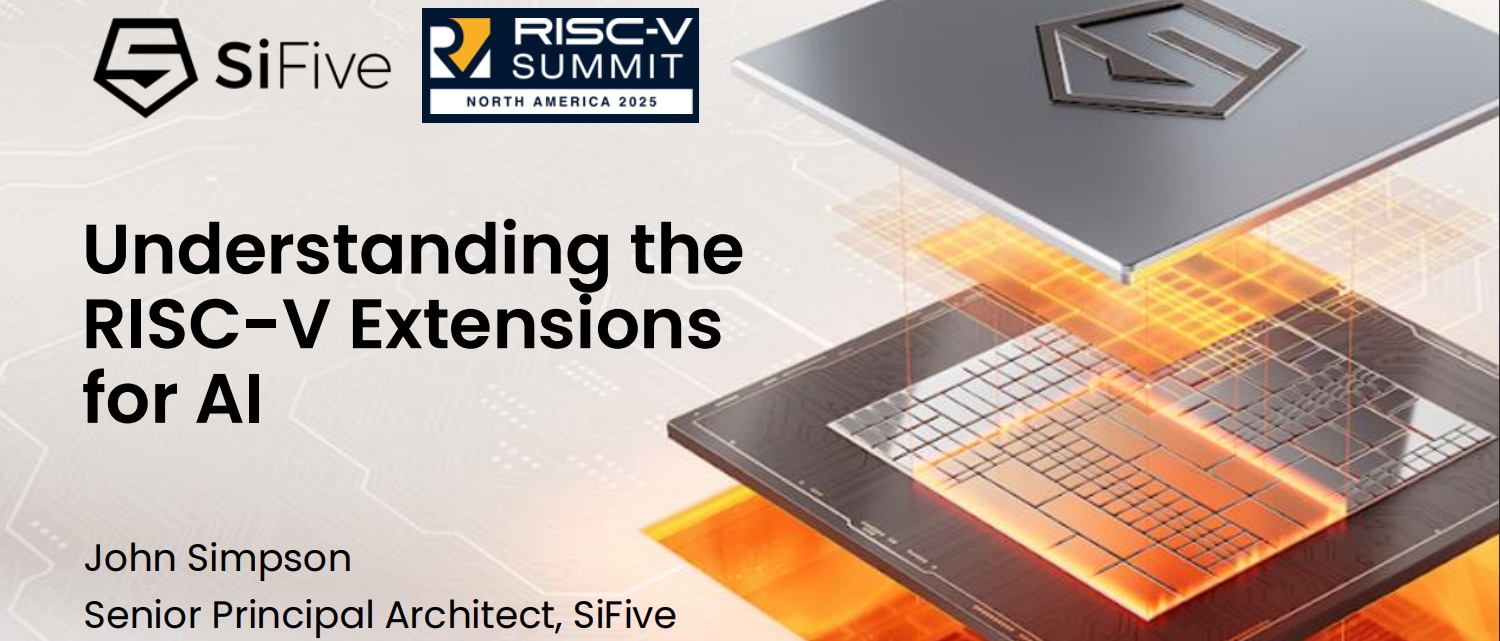 RISC-V Extensions for AI: Enhancing Performance in Machine LearningIn a presentation at the RISC-V Summit North…Read More
RISC-V Extensions for AI: Enhancing Performance in Machine LearningIn a presentation at the RISC-V Summit North…Read More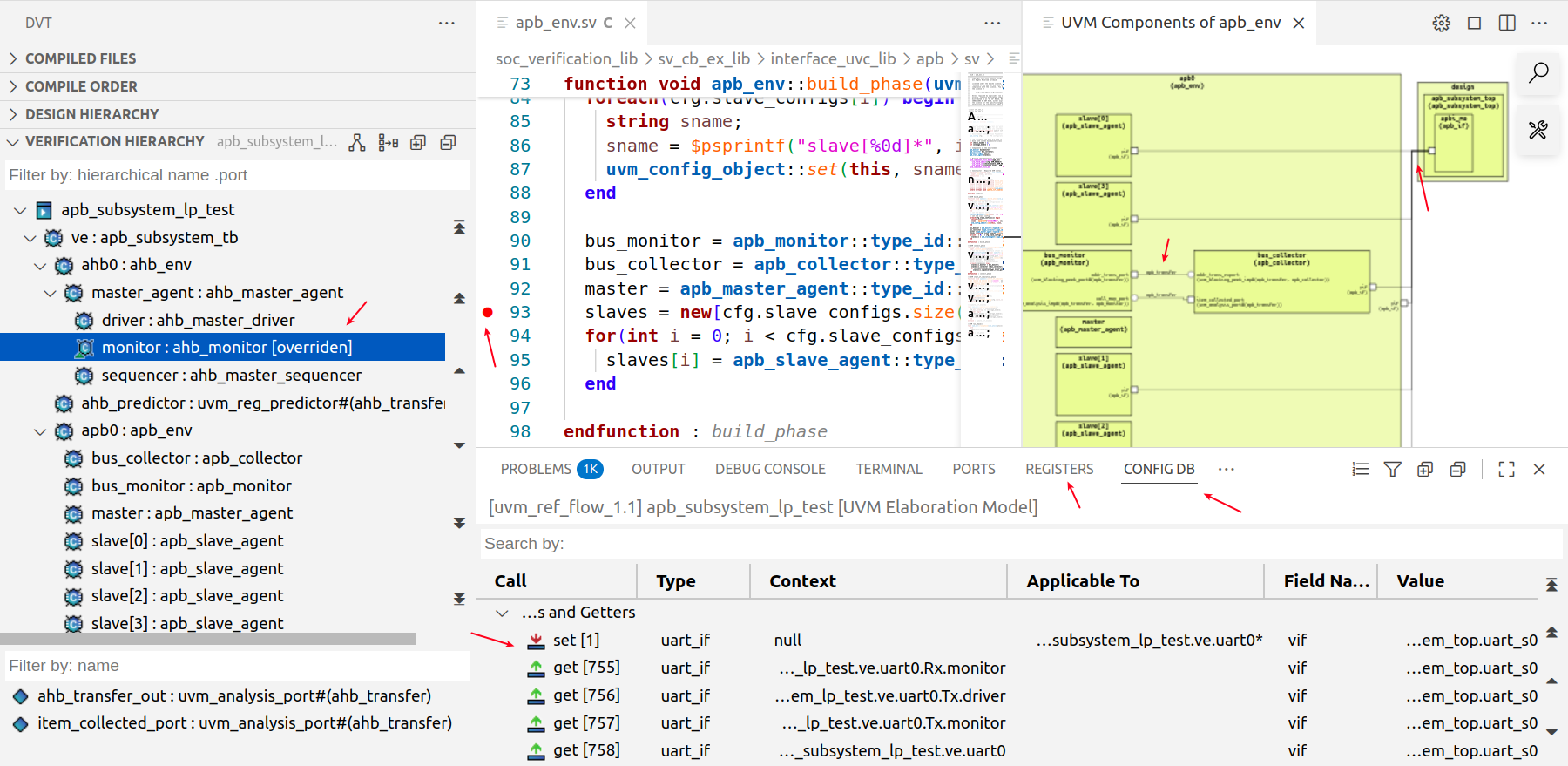 Runtime Elaboration of UVM Verification CodeRecently, I reported on my conversation with Cristian…Read More
Runtime Elaboration of UVM Verification CodeRecently, I reported on my conversation with Cristian…Read More RISC-V: Powering the Era of Intelligent General ComputingCharlie Su, President and CTO of Andes Technology,…Read More
RISC-V: Powering the Era of Intelligent General ComputingCharlie Su, President and CTO of Andes Technology,…Read More Simulating Quantum Computers. Innovation in VerificationQuantum algorithms must be simulated on classical computers…Read More
Simulating Quantum Computers. Innovation in VerificationQuantum algorithms must be simulated on classical computers…Read MoreAltera Back to TSMC at 10nm? Xilinx Staying There
Xilinx announced their quarterly results last week. They slightly missed their number due mainly to a decline in wireless sales. Of course Xilinx parts don’t go in the smartphones since the cost and power are too high, but they are very heavily used in basestation, backhaul etc especially in China. Xilinx’s business… Read More
Qualcomm versus Samsung?
There is an interesting reality show playing in the media featuring Qualcomm and Samsung with supporting actors TSMC, LG, Xaomi, and Apple. As I’m sure we all have read, Samsung is losing massive amounts of money on mobile which was once a very profitable business unit. Let’s take a look at the current landscape and some of the recent… Read More
DNA Sequencing Eyes SoCs for Stability and Scale
DNA sequencing — which provides vital information on genetics study, forensics, diagnostics and therapies — has been an exclusive territory of high-end research labs with millions of dollars to spend because of the expensive chemical and optical equipment needed for research. That is changing, thanks to complex… Read More
Xilinx ships the VU440 and its 4M logic cells
Xilinx has delivered not only “the biggest FPGA on the planet”, but what it claims is currently the world’s largest integrated circuit: the Virtex UltraScale VU440, with 19 billion transistors fabbed in TSMC 20nm. The list of first customers to receive parts says a lot about the state of SoC design today, and the vital role FPGA-based… Read More
Shorten the Learning Curve for High Level Synthesis
When chip designers moved from a gate-level design methodology to coding with RTL there was a learning curve involved, and the same thing happens when you move from RTL to High Level Synthesis (HLS) using C++ or SystemC coding. One great shortcut to this learning curve is the use of pre-defined library functions. I just heard about… Read More
Sigrity Focuses on LPDDR4 Compliance Analysis in 2015 Release
It was back in July of 2012 that the acquisition of Sigrity by Cadence was announced. Although Cadence is a dominant player in both IC and board layout tools, they did not have an electromagnetic (EM) signal integrity solution in their portfolio. This acquisition marks a turning point for the EM/SI sector – tight integration… Read More
FPGA vendor to buy IC vendor Silicon Image
Interesting news today : Lattice Semiconductor, FPGA vendor is buying Silicon Image. In fact, Silicon Image is a chip vendor, but also an innovator, licensing well known IP like HDMI, MHL and more. If we consider the amount paid for Silicon Image ($600 million), compared with the last full year revenue, $276M in 2014, that’s a 2.2X… Read More
ANSYS Talks About Multi Physics for Thermal Analysis at DesignCon
ANSYS makes a big deal of being a multi-physics company. Still it has taken them a while to fully integrate Apache. Nevertheless it seems like there is a compelling argument for combining technologies to solve SOC design problems. Frankly most chip designers would be hard pressed to think of a reason for using computational fluid… Read More
Silvaco TCAD Webinar
TCAD is a somewhat specialized area since not that many people design semiconductor processes compared to the number who design chips. Bit without TCAD there would be no chips. One area where the two domains intersect is that of SEE, where neutrons (mainly) can cause a flop or a memory bit to change. Since we live on a radioactive planet… Read More



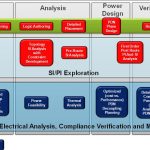
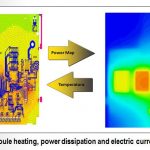
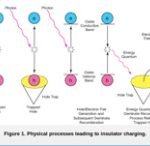
Quantum Advantage is About the Algorithm, not the Computer